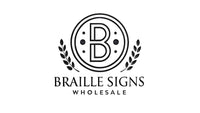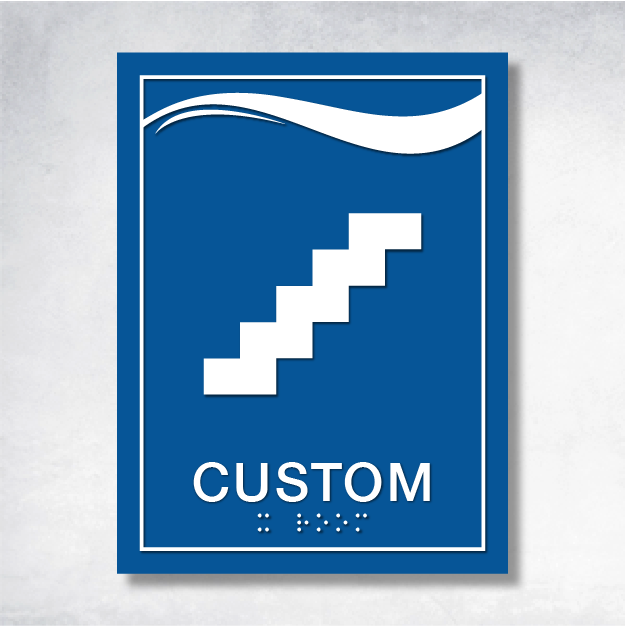Mastering ADA Compliance: Your Ultimate Guide to Braille Signage
Is your facility truly accessible to everyone? Dive into the world of ADA compliance with braille signage and discover how it can transform your space into a beacon of inclusivity. This guide unravels the significance of ADA compliance in public spaces, with a special focus on braille signage. You'll uncover the essential requirements, the myriad benefits, and the common missteps to avoid when implementing ADA-compliant braille signage.
The Art and Science of ADA Compliance in Braille Signage
Creating accessible environments begins with understanding the nuances of ADA compliance for braille signage. The Americans with Disabilities Act (ADA) sets forth specific design and placement standards to ensure accessibility for individuals who are blind or visually impaired. Key elements include the use of Grade 2 braille, proper mounting height, and high contrast between text and background.
- Grade 2 Braille: This involves using domed dots raised at least 1/32 inch, ensuring tactile readability.
- Mounting Height: Signs should be mounted 48-60 inches from the floor, making them easily reachable for all.
- High Contrast: A stark contrast between text and background is crucial for visibility and readability.
Imagine an infographic that vividly illustrates the correct dimensions and placement of braille signage, making it easier to grasp these concepts.
The Ripple Effect of ADA Compliance
Adhering to ADA compliance is more than a legal checkbox; it's a stride towards a more inclusive world. Here's why it holds immense value:
- Legal Safeguard: Compliance with federal laws shields you from potential legal repercussions.
- Empowered Accessibility: It enables visually impaired individuals to navigate spaces independently, fostering inclusivity.
- Design Harmony: Uniform signage design enhances both the aesthetic appeal and functional coherence of a facility.
For a deeper dive into ADA compliance in public spaces, explore our related blog post on the broader implications of ADA compliance.
Your Roadmap to ADA Compliance in Braille Signage
Embarking on the journey to ADA compliance in braille signage requires a methodical approach:
- Evaluate Signage Needs: Identify all permanent rooms and spaces that require braille signage.
- Design with Precision: Utilize Grade 2 braille with the correct dot shape and spacing.
- Install Thoughtfully: Mount signs at the correct height and location, ensuring non-glare finishes.
- Conduct Regular Audits: Periodic checks ensure ongoing compliance and address any emerging issues.
For detailed guidelines, refer to the Access Board's official ADA guidelines.
Navigating Common ADA Signage Pitfalls
While implementing ADA-compliant braille signage, steer clear of these common pitfalls:
- Incorrect braille spacing and alignment can hinder readability.
- Non-durable materials may wear out quickly, compromising effectiveness.
- Insufficient contrast can render signage unreadable.
Incorporating related keywords like “ADA signage errors” and “braille compliance issues” can help capture long-tail search traffic, enhancing your reach.
Crafting an Inclusive World
ADA compliance is a cornerstone in crafting accessible environments through braille signage. By adhering to guidelines and sidestepping common pitfalls, your facility can meet all necessary standards. To kickstart your journey towards inclusivity, download our comprehensive compliance checklist.
By seamlessly weaving the primary keyword "ADA compliance" throughout this guide, we aim to provide valuable insights while boosting search engine optimization. Embrace the path to accessibility and make your facility a model of inclusivity.









